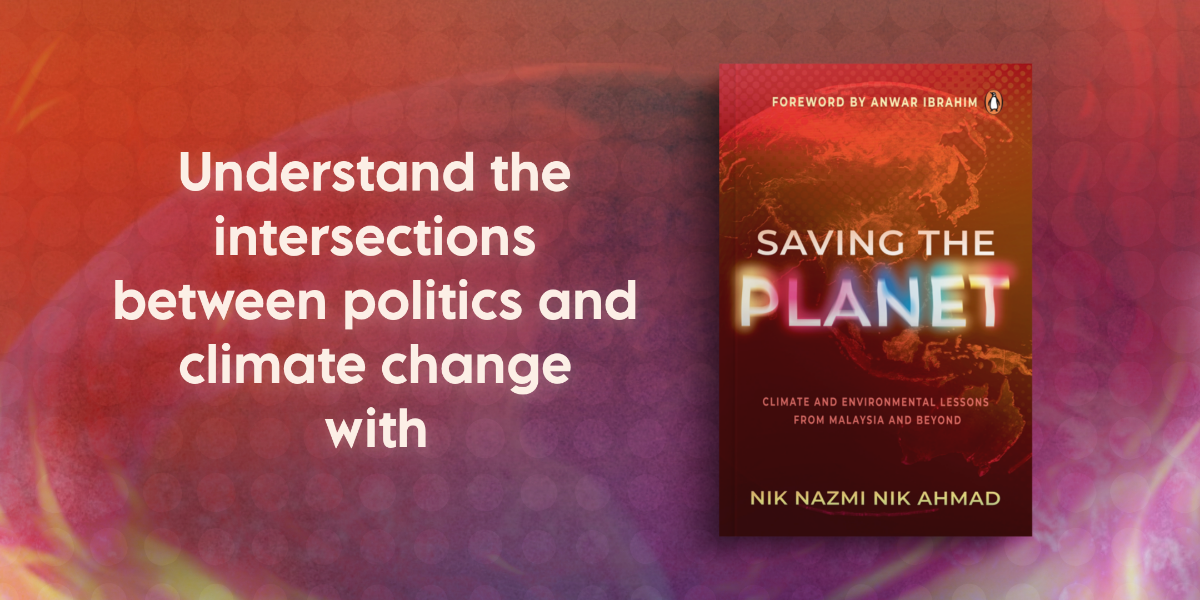
Saving the Planet is a must-read for anyone seeking to understand the intersections between politics and climate change, as well as for an authentic voice at the frontlines of climate action in the Global South. Read an expert from the chapter Livable Cities below.
***
San Francisco has contributed much to music. Metallica, Santana, and the Grateful Dead are just a few of the bands that are from or were based in the city. In fact, journalist Herb Caen called the city ‘Baghdad by the Bay’ due to its diversity and cultural significance. But when talking about the birdsongs there, a curious observation was made. Since 1969, the songs of the white-crowned sparrows in San Francisco have been recorded for study. Similar to human beings, birds have ‘dialects’—there is a geographical variation in birdsongs, and they evolve over time. How fast or slowly this happens depends on various factors. The frequency of the songs has increased over time, possibly adapting to the city’s increased noise pollution. While dialects in the city’s bushy countryside disappeared, the dialect that developed in the city not only survived but became dominant, replacing the disappearing dialects of the countryside.
Throughout history, the impact of cities on humans has been clear. We are only now, however, realizing the impact of cities on animals, plants, and the environment. While climate change caused by carbon emissions is a relatively recent phenomenon, air pollution is a problem that predates the Industrial Revolution. Workshops and furnaces produced dirty and unhealthy air. The Greek physician, Hippocrates, advised travelling physicians to look at the cleanliness of a city’s air and water. The use of fire from biomass for cooking, heating, and protection against mosquitoes led to lung diseases, which was recorded by various Roman scholars from over 2,000 years ago, as early as the dawn of the Common Era. At the same time, cases were heard in Roman courts about disputes over air pollution.
About a thousand years after the birth of Hippocrates, Prophet Muhammad was born in Mecca. At that time, the city was thriving with trade, attracting merchants from across Arabia and the Levant. Mecca was also already a city of pilgrimage, sustained by the Zamzam well. Yet, the infant Prophet was sent to the desert to be cared for by Halimah, a wet nurse. This was an Arab custom at that time to not only allow the young to learn the classical Arab tongue of the Bedouins but also enjoy the cleaner desert air outside the city.
***
Saving the Planet relates author Nik Nazmi’s experiences as NRECC Minister [later redesignated as the Ministry of Natural Resources and Environmental Sustainability (NRES)] and his thoughts on connected issues ranging from water management to climate financing. Get your copy to read his fascinating insights.








